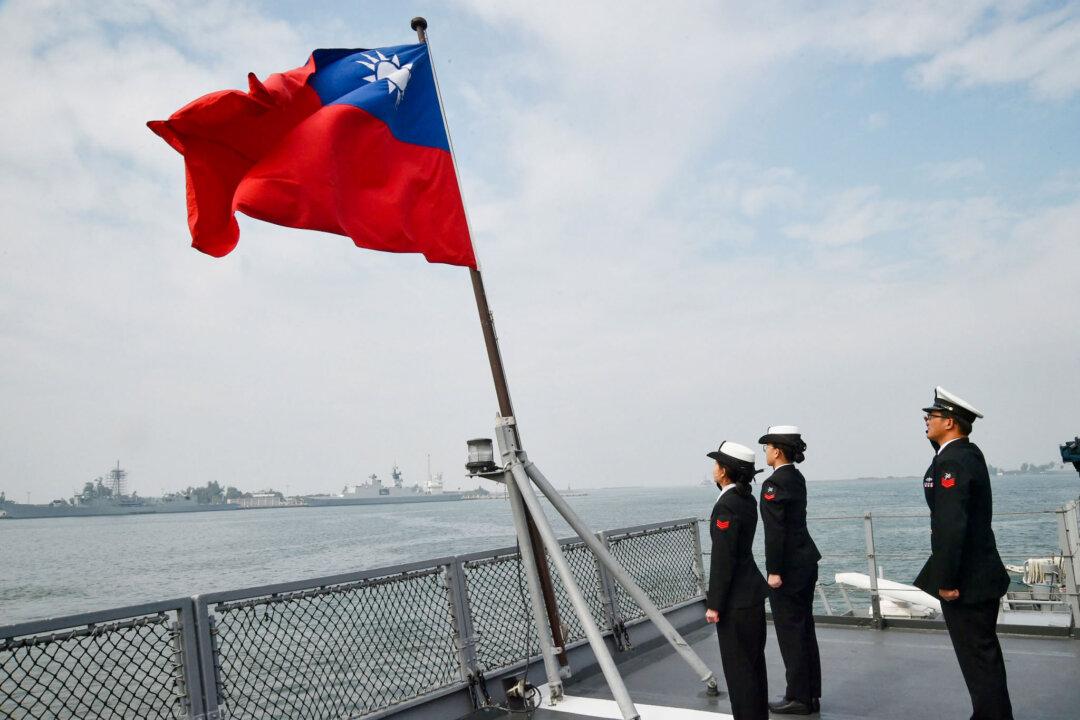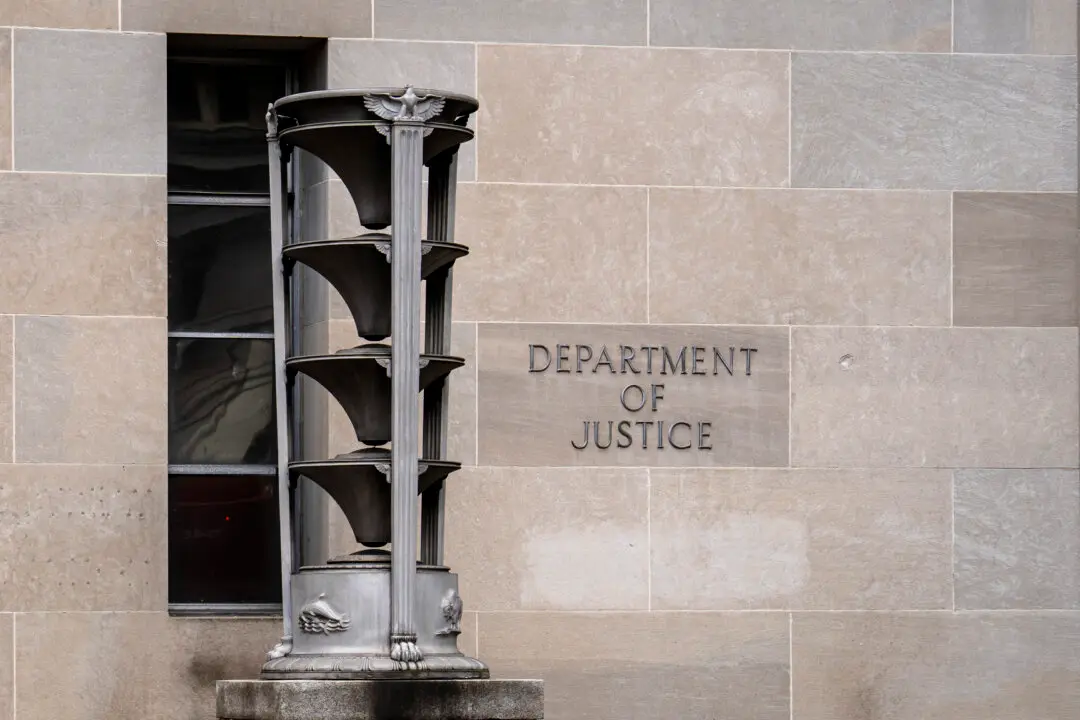Japan recently announced that it will stop providing aid to China, a decision that highlights the fact that the world’s second-largest economy continues to receive financial assistance from multiple countries around the world.
Japanese Prime Minister Shinzo Abe, while in Beijing for a state visit on Oct. 25, said that its “historical mission” in providing “official development assistance” (ODA) has ended, the Japanese English-language daily The Japan News reported on Oct. 27. ODA refers to government aid designed to promote the economic development and welfare of developing countries.
Japan began offering aid to Asian developing countries after it joined the Colombo Plan in 1954, a regional organization aimed at strengthening the Asia-Pacific region.
According to Japan’s Ministry of Foreign Affairs, Japan began steering ODA aid to China in 1979, which was the same year that China opened up its markets to foreign investment for the first time under former Chinese Communist Party (CCP) leader Deng Xiaoping.
Over nearly four decades, Japan has provided a total of 3.65 trillion yen (about $32.3 billion) under ODA to China, for the purposes of infrastructure building, humanitarian support, and environmental protection, according to Japanese daily newspaper Mainichi Shimbun. In 2007, Japan discontinued low-interest loans, a major portion of its ODA aid to China, after determining that China had already made significant improvements to its economy.
But Japan continued to offer grant aid for Chinese projects such as fighting pollution and infectious diseases.
Japan’s ODA aid to China was criticized in an Oct. 26 opinion article by Japanese daily newspaper Sankei Shimbun, which called the aid the “largest failure” in Japan’s foreign policy after the conclusion of World War II.
Chinese citizens don’t know that many major construction projects, such as the Beijing International Airport and Beijing Subway Line 2, were built with Japan’s ODA aid, according to the article. However, anti-Japanese sentiment continues to pervade in China, and remained strong during the height of Japan’s ODA aid in the 1990s.
The article said that ODA aid shouldn’t be given to a country that oppresses democracy and human rights, such as the ongoing suppression of Uyghur Muslims in Xinjiang.
Aid From Other Countries
Japan isn’t the only country that has provided aid to China.
According to a recent article by Chinese news portal NetEase, China accepted a total of roughly $10.72 billion in aid from developed countries between 1973 to 2003. Some of the biggest contributors are European countries, which gave even after China became the world’s second largest economy in 2010, according to the NetEase story. The European Union began providing monetary and technical aid beginning in 1984, and by the end of 2012, had given a total of 810 million euros (about $920 million) to China.
Germany began offering aid after signing a technical cooperation agreement with China in 1982; As of 2011, Germany provided a total of $1.21 billion in aid.
Meanwhile, the United Kingdom handed China a total of 46.9 million pounds ($59.6 million) last year, for initiatives such as a school program to encourage children to consume less salt, and improving dementia care in the port city of Qingdao, according to a July report by the Daily Mail.
And according to U.S. official statistics, the United States has given $6.97 million to China so far in fiscal 2018, for initiatives such as conservation efforts in Tibet, AIDS/HIV awareness, and “rule of law” programs.
All the while, China itself has given foreign aid to developing countries, primarily in Southeast Asia and Africa. According to AidData, a research lab at the College of William and Mary, China has given billions of dollars around the world between 2000 and 2014.




